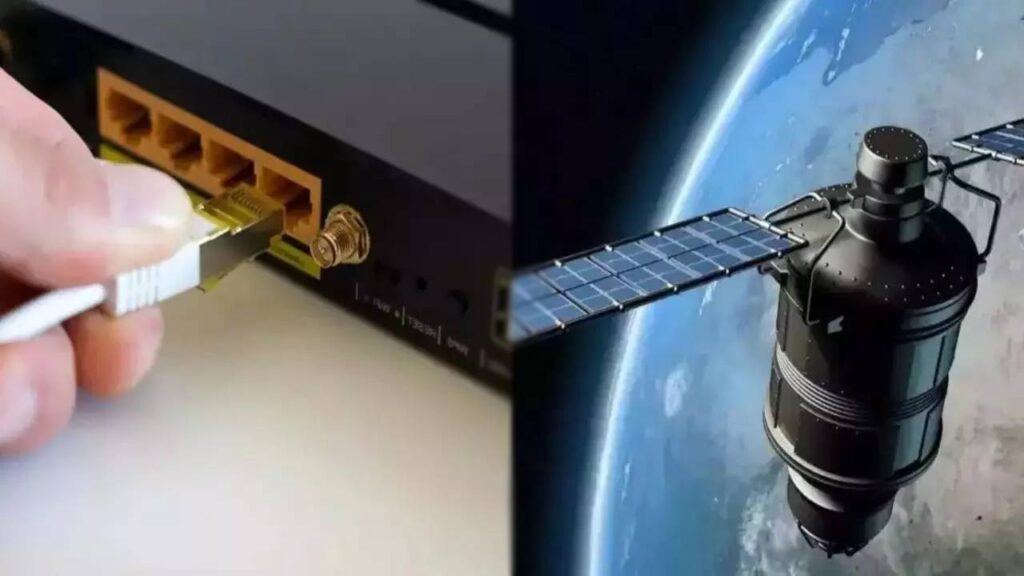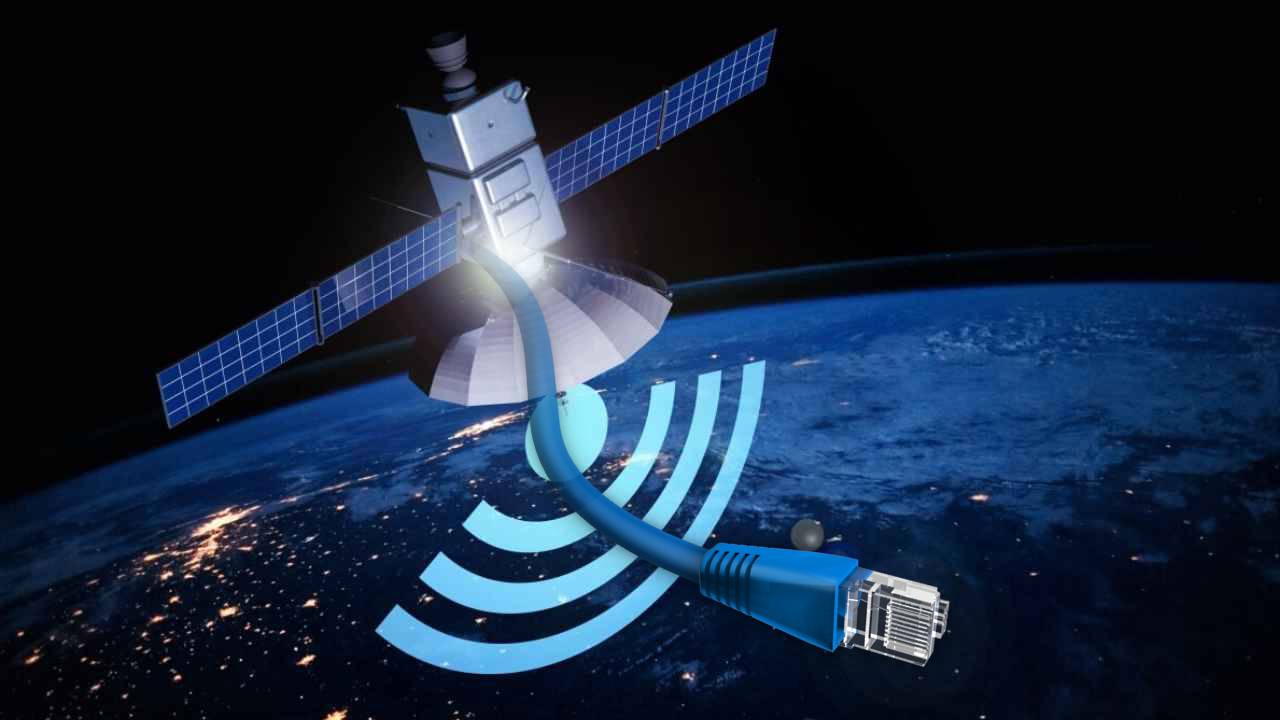Satellite internet service, a technology that has been on the agenda in recent years, has actually been around for a long time. However, due to excessive latency, high costs, and being primarily used by companies and institutions rather than end consumers, they couldn’t sell internet services like traditional operators. But this situation has changed, especially after the pandemic. We are comparing the top 3 satellite internet providers in the world.
Who offers the best satellite internet service?
Satellite internet service usually becomes the last choice for people who cannot access options like fiber or ADSL. However, Elon Musk’s company Starlink is determined to cover the entire sky with its satellites. In fact, we can even see them passing over sky on some nights.

Nevertheless, if you currently have the chance to get gigabit fiber or 5G service, it would be much more reasonable in terms of both price and performance. On the other hand, if you live in villages, towns, or areas where even 4G is not available, or if you travel to such places, satellite internet can be a lifeline for you.
Without further ado, let’s move on to the comparison. We are conducting a comparison that includes Starlink, which will soon start selling internet in Turkey, as well as its two major competitors in the US, Hughesnet and Viasat.
First, let’s take a look at what these service providers offer on paper. Then we will share detailed reviews.
| Starlink | Hughesnet | Viasat | |
|---|---|---|---|
| Cost | $120 for residential $150 for Roam $250 for Business/Mobility | $65 for 15GB $74.99 for 30GB $89.99 for 100GB $124.99 for 200GB | $50 for 60GB $70 for 100GB $100 for 150GB $150 for 300GB $200 for 500GB |
| Speed | 25-220Mbps for residential 5-220Mbps for Starlink Roam 100-220Mbps for Business/Mobility | Up to 25Mbps 1-5Mbps after cap | 25Mbps for 25GB 30Mbps ffor 100GB 40Mbps for 150GB 50Mbps for 300/500GB |
| Data cap | None | 15-200GB | 60-500GB |
| Latency | 25-50ms | 650-750ms | 600-672ms |
Which one makes more sense?
At first glance, Starlink may seem like the worst option because it is more expensive than the basic packages of Viasat and Hughesnet. In fact, you need to spend at least $599 to buy antennas and other equipment. But we can assure you that you will get your money’s worth.
It offers internet that is much faster than its competitors. In fact, in many scenarios, it surpasses the so-called fiber internet speeds sold in Turkey. Although it says 220 Mbps on paper, it can reach up to 300 Mbps. However, let’s note that it cannot meet your expectations if you require gigabit speeds. The upload speeds are similar among the three companies.
Hughesnet, being the most widely used satellite internet provider in the US, is the first choice for many people. However, it offers a limited internet experience with speeds up to 25 Mbps and data caps ranging from 15-200 GB.
Nevertheless, after reaching your data cap, you can still access the internet at speeds of up to 5 Mbps. Additionally, if Starlink’s low-data packages at half the price meet your needs, you will save money. However, the 200 GB data cap package is more expensive and slower than Starlink, losing its advantage.
Viasat, on the other hand, presents itself as a service provider trying to surpass Hughesnet. It can be preferred for higher speeds or lower costs at the same data cap level. Let’s note that the internet speeds range from 25 Mbps to 50 Mbps depending on the data cap.
Looking at the overall picture, we can say that it would be more sensible for people who use the internet only for essential tasks to choose Viasat and Hughesnet, which offer cheaper packages than Starlink. However, for a true internet experience, Starlink currently appears to be unrivaled.














